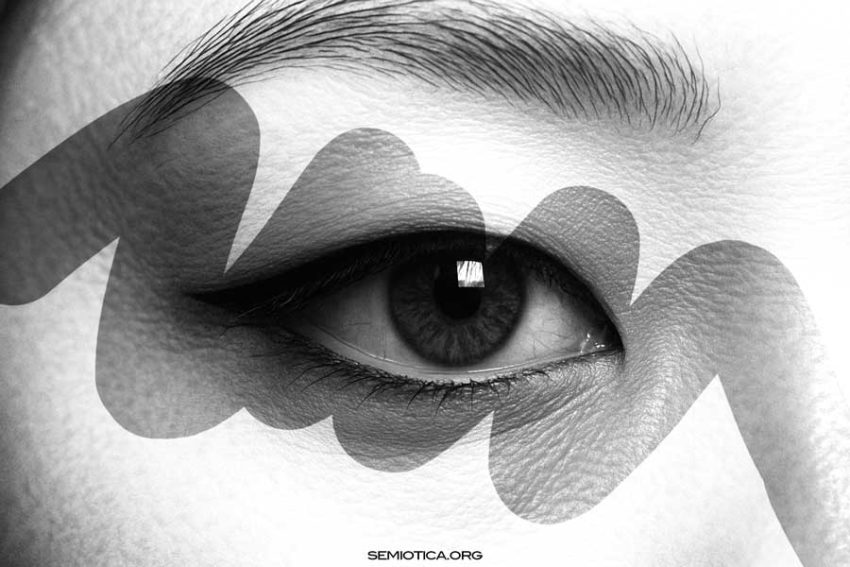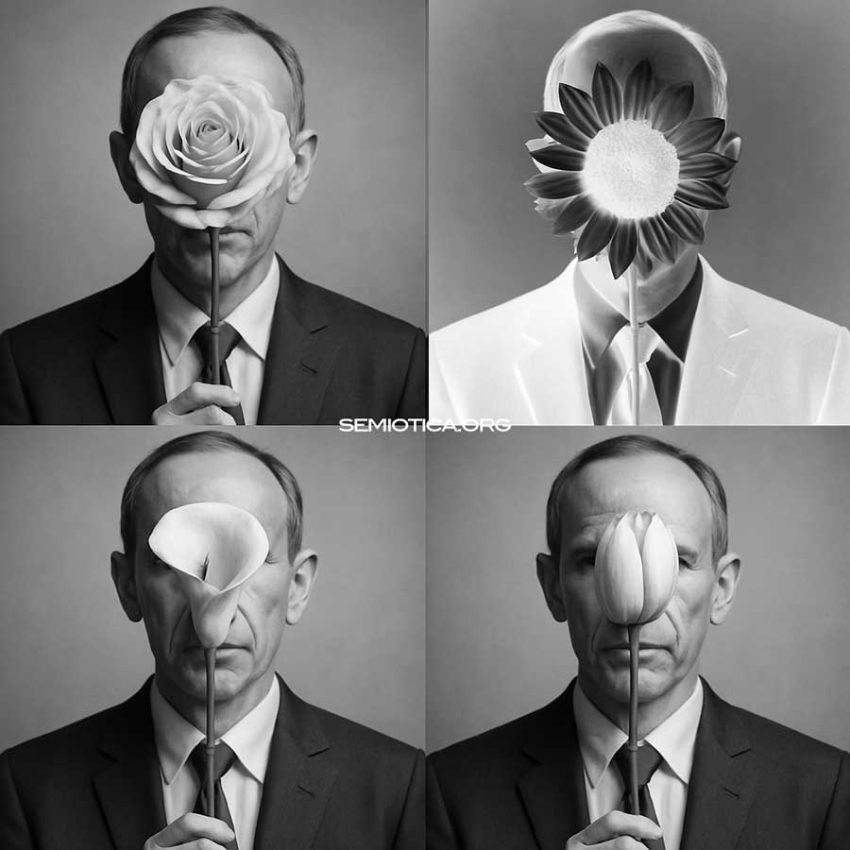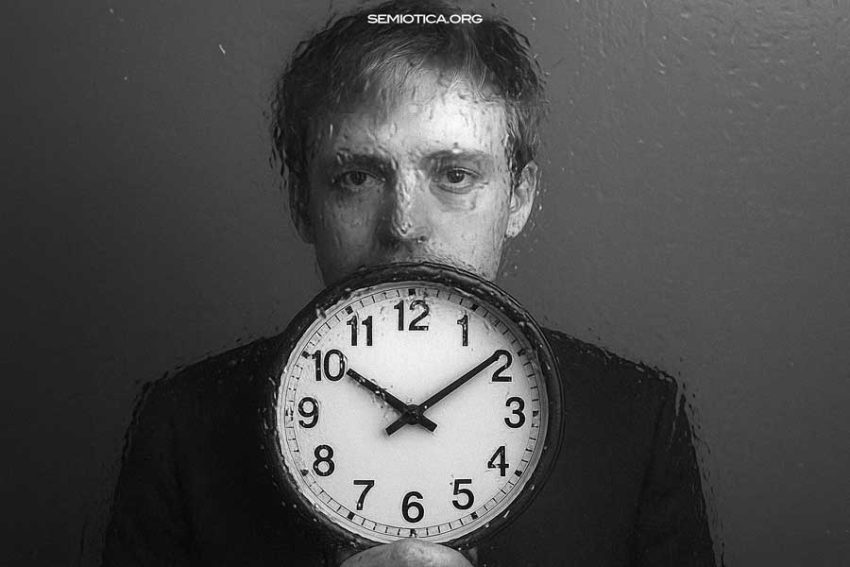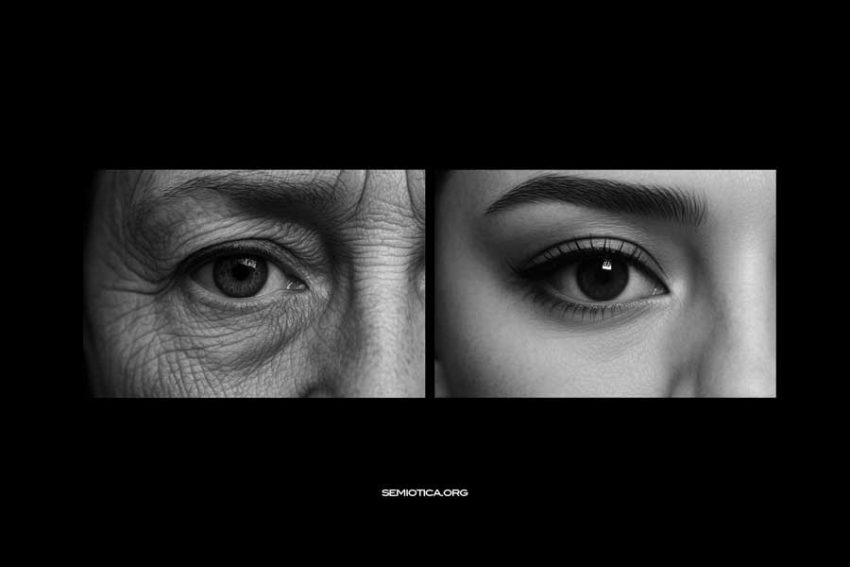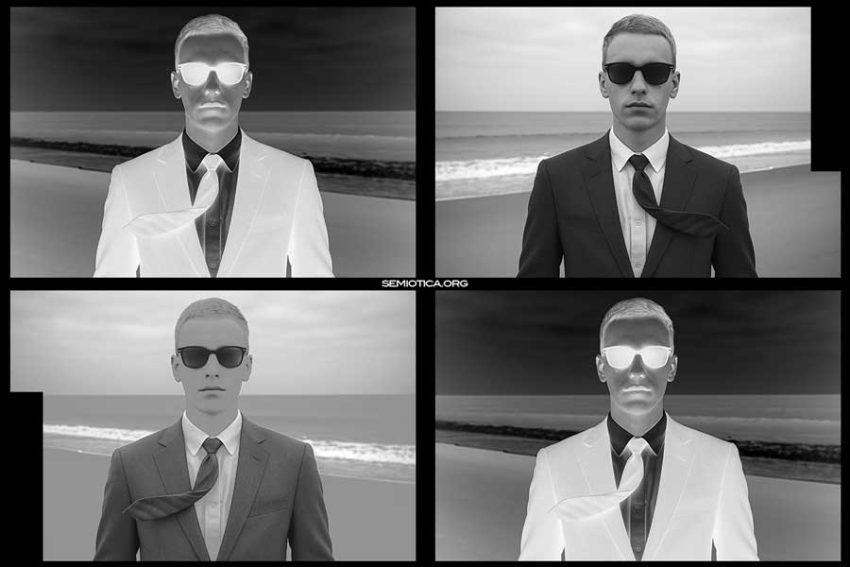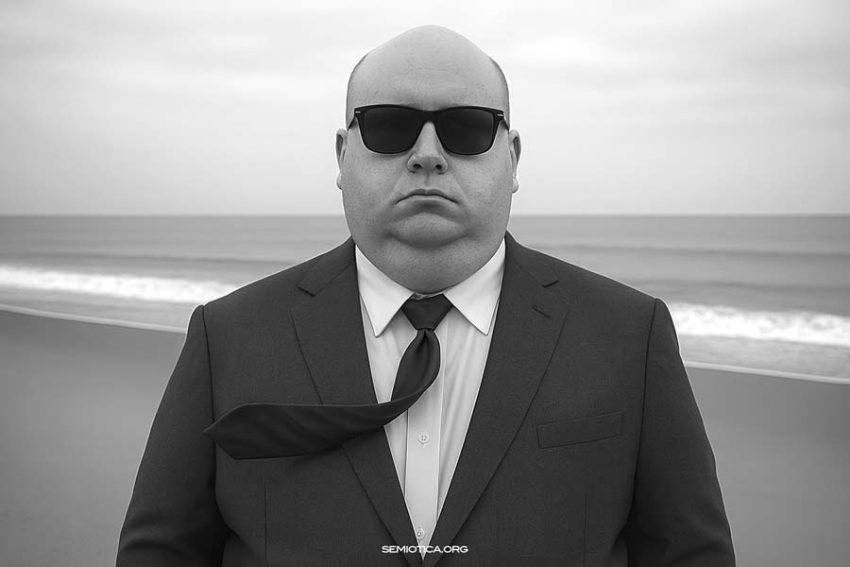In existential semiotics, the notion of transcendence emerges as one of the most challenging and innovative contributions to contemporary semiotic theory. Eero Tarasti presents transcendence as “perhaps the most provocative new issue which existential semiotics tries to launch for theoretical reflection,” and develops a framework in which transcendence assumes three distinct forms: empirical, existential, and…
Categoria: Semiotics
From the science of signs to the semiotics of the text. The semiotic field and the theories of signification.
The Historical Divide Between Code and Behaviour in Linguistics
Halliday describes how, for many years, writings on linguistic “behaviour” opened by criticizing linguists who limited themselves to the “code.” This limitation, he notes, had been “accepted as a fact of life,” even though it resulted from a specific historical phase in which code and behaviour were “rigorously held apart.” Only recently had the two…
Predictions and Inferential Walks in Textual Interpretation
Stefano Traini, in Le due vie della semiotica, revisits and comments on Umberto Eco’s thought, particularly in relation to Lector in Fabula. Traini emphasizes that the notion of inference already plays a central role in several areas of semiotic theory: choosing a topic, for instance, involves an inference — a risky choice that may turn out to…
From Taxonomy to Ideology: The Axiological Construction of the Text
Patrizia Magli shows how value is not limited to a taxonomic function or to an individual thymic projection, but can take shape as an axiological system within a text. Axiology is the deep value-structure that supports the narrative: a mode of organizing content derived from the investment of the thymic category into a semantic category….
Umberto Eco, Code and Message: Two Fundamental Notions
Umberto Eco recognizes in Roman Jakobson a central role in clarifying and disseminating the notions of code and message, extending them from the field of information theory to the whole of semiotics. The adoption of these categories made it possible to unify the analysis of linguistic and non-linguistic systems, providing a coherent methodological framework for describing the…
Body, Voice, and the Plane of Expression
In the semiotics of orality, the body is not a secondary support for meaning but the very material of enunciation. Patrizia Violi observes that in oral discourse “sense is literally embodied, since the body constitutes the material of expression of this semiotics.” The body thus establishes the plane of expression in the same way that textual substance…
From Substance to Semiosis: The Relational Meaning of Privation
John Deely insists that Aristotle’s framework is not dualistic but trialistic. Against the widespread simplification that reduces his philosophy to a doctrine of matter and form—hylomorphism—Deely reminds us that Aristotle posits threeinseparable principles: “matter (hyle), form (morphe), and privation (steresis).” As Deely writes, “privation gets more or less swept aside in the history of philosophy, and the…
What Can Metalanguage Do
In the human sciences, research that adopts a technical language is not always welcomed. There is often a suspicion that behind terminological precision lies a form of closure or self-reference. Semiotics, in particular, is frequently accused of indulging in jargon or of enclosing itself within a metalanguage that speaks mainly about itself. Yet such mistrust…
The Origins of Modern Semiotics: Peirce and Saussure
Semiotics, as a scientific discipline, has its roots in the nineteenth century. Stefano Gensini recalls that the effort to define its boundaries was undertaken by two scholars destined to shape its future development: Charles Sanders Peirce and Ferdinand de Saussure. Peirce, an American philosopher of pragmatist orientation, conceived semiotics as a general theory of human…
Multiple Subjectivities and Cultural Complexity
In the typology outlined by Guido Ferraro, subjectivity is no longer merely collective or intersubjective, but appears fragmented, plural, and unstable. It is the subjectivity of the age of complexity: a composite identity made up of elements that are at times even incoherent with one another. Not a higher synthesis, but a dynamic and often…


